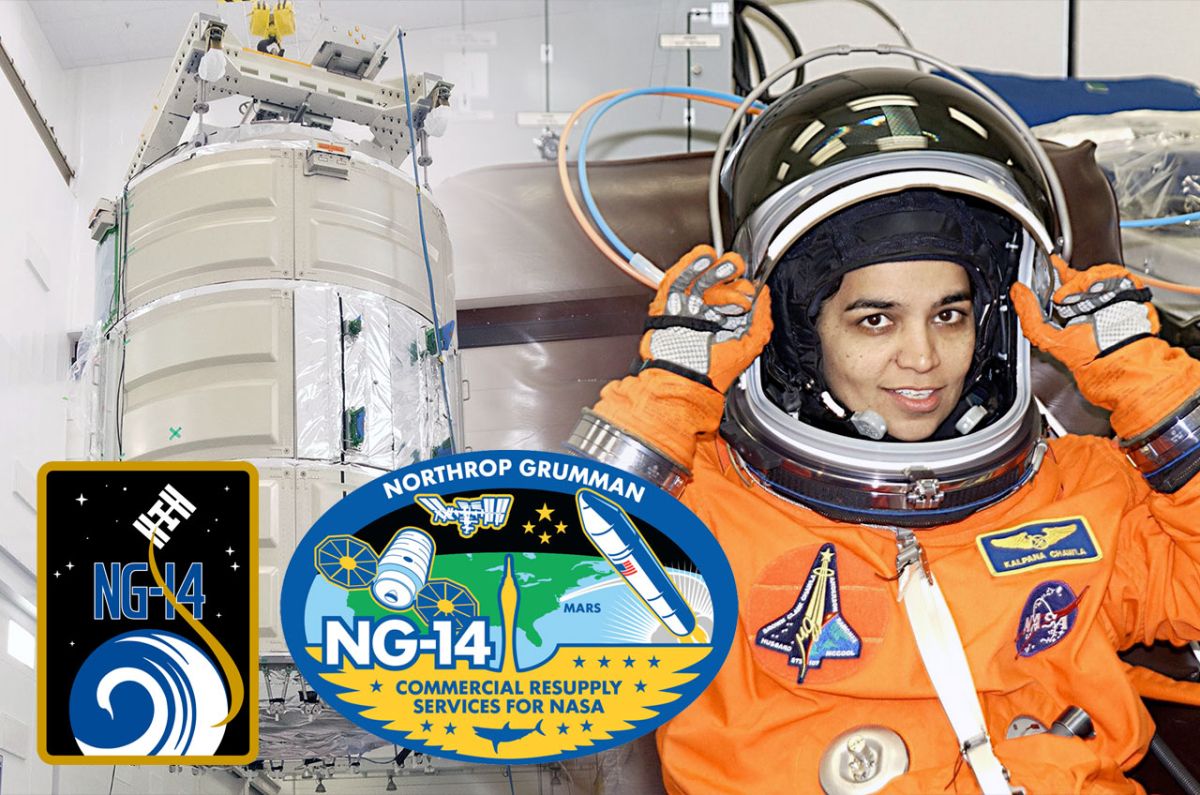Hidden Figures No More: The Crucial Need for Female Representation in STEM
- As I apply to study engineering at the undergraduate level, it is surreal to think that a few years down the lane, I could inspire a young girl to begin taking STEM classes.

With many recent news headlines detailing the successes of women in STEM, the progress we have made for female representation in this field is clearly observable. From the recent Nobel Prize win by Andrea Ghez in Physics and the first time two females won a Nobel Prize in Chemistry without a male collaborator, to the naming of the NG-14 Cygnus spacecraft after Kalpana Chawla, clear strides are being made towards gender equality in terms of representation in the sciences.
However, since 1901, when the awards were first given, only three women have been awarded the Nobel Prize in physics. Only about 3% of all Nobel Prizes have been awarded to female recipients. Many have pondered if there is some factual reason for this disparity and based upon the data, it was concluded that there is a 96% chance that bias against women is what contributes to the low rate of female Nobel Prize recipients. Now, as we strive for gender equality, this brings about the question of female representation in the sciences to inspire the next generation of young women who hope to make a name for themselves in this competitive field.
Since dreaming of being an astronaut in elementary school, I have been immersed in the sciences for as long as I can remember. With space exploration being a passion of mine from a young age, I looked up to figures like Dr. Mae Jemison, the first woman of color to travel to space. By seeing someone that looked like me succeeding in the engineering field, I came to realize that my dreams were realistic and that with determination, I too would have the opportunity to shatter glass ceilings.

Yet as I grew older and progressed my education in STEM, I couldn’t help but notice that I was often one of the only girls in my engineering classes. These entirely male dominated environments require women to adapt their behavior to assert themselves and illustrate their knowledge, yet valuable ideas from female team members are often overlooked. As I now see more initiatives to teach girls to code or form an all female robotics team, I am enthused, yet I realize that the tech CEOs and industry titans that most kids look up to are all male.
As I grew older and progressed my education in STEM, I couldn’t help but notice that I was often one of the only girls in my engineering classes.
In an era when CEOs of tech companies are idolized by young people, inspiring new startups and scientific innovation, most of the prominent figures that dominate this space are male. As someone hoping to enter the field of aerospace, I see individuals like Elon Musk that influence the commercial sector of the industry, yet there continues to be a lack of notable female leaders in the space transportation sector. This disparity starts early, in educational institutions. I recall attending a conference at the Georgia Institute of Technology for women in engineering and hearing that the major with the lowest percentage of female students was aerospace engineering. In growing fields like aerospace, the lack of female representation is troubling as we enter a new age of scientific advancement.
By educating young girls about the wondrous possibilities that come with a STEM education, gender equality in this field can be increased. Many are discouraged from pursuing a career in the sciences due to the lack of female leadership and representation in these fields and in educational institutions. With diversity comes innovation and studies have found that many women that pursue degrees in engineering end their careers in the field due to the toxic masculine culture and lack of respect. The conversation around careers in STEM has to be altered to include female voices, in order to change the existing culture in this area and usher in a new era of gender equality in the sciences.
Women like Katherine Johnson worked behind the scenes of some of history’s greatest technological successes, hidden behind the men that took all the credit. It is in the hands of this generation to ensure that female scientists and engineers are no longer overlooked. Now as I apply to study engineering at the undergraduate level, it is surreal to think that a few years down the lane, I could inspire a young girl to begin taking STEM classes and explore various scientific fields, providing a platform for female driven innovation. In the words of one of my personal heroes, Mae Jemison, “You have the right to be involved. You have something important to contribute, and you have to take the risk to contribute it.”
Ishani Peddi is a senior at Starr’s Mill High School in Peachtree City, Georgia. Born and raised in Southern California, she moved to Georgia last year. She has been writing as long as she can remember and published a fictional work in middle school. A passionate poet, who has won numerous literary competitions, Ishani is involved in various clubs and organizations within her school and community. She is the Communications Director for the Georgia High School Democrats, the Vice President of the Starr’s Mill High School Young Democrats, the Secretary of the Young Democrats of Georgia AAPI Caucus, a Civil Air Patrol Cadet, a Fellow at the Democratic Party of Georgia, and an AAPIs for Biden Intern, to name a few.


